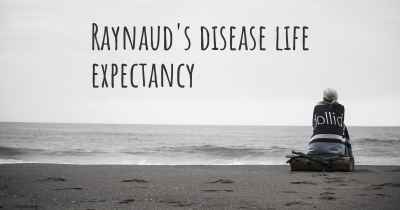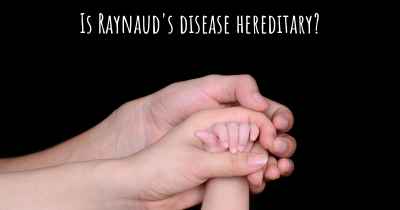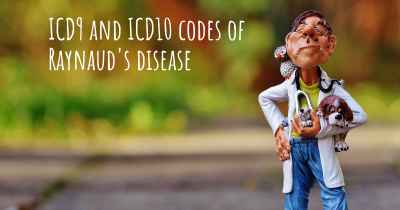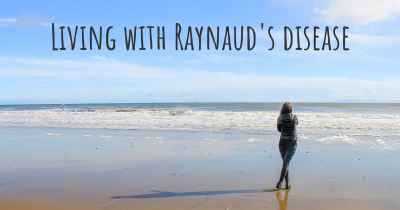What is the history of Raynaud's disease?
When was Raynaud's disease discovered? What is the story of this discovery? Was it coincidence or not?

The History of Raynaud's Disease
Raynaud's disease, also known as Raynaud's phenomenon or Raynaud's syndrome, is a condition characterized by the narrowing of blood vessels in response to cold temperatures or emotional stress. This constriction of blood vessels leads to reduced blood flow to the extremities, primarily the fingers and toes, causing them to turn white or blue and feel numb or cold. The condition is named after the French physician Maurice Raynaud, who first described it in 1862.
Maurice Raynaud's Discovery
In his groundbreaking work, Maurice Raynaud observed a group of patients who experienced recurrent episodes of finger discoloration and numbness. He meticulously documented their symptoms and conducted extensive clinical examinations. Raynaud's findings were published in his doctoral thesis, "De l'Asphyxie Locale et de la Gangrène Symétrique des Extrémités" (On Local Asphyxia and Symmetrical Gangrene of the Extremities), which earned him his medical degree in 1862.
Early Research and Classification
Following Raynaud's initial observations, other physicians and researchers began studying the phenomenon. In the late 19th and early 20th centuries, several classifications were proposed to better understand the condition. In 1892, the German physician Carl von Noorden classified Raynaud's phenomenon into two types: primary and secondary. Primary Raynaud's, also known as Raynaud's disease, occurs without an underlying cause, while secondary Raynaud's is associated with other underlying conditions, such as connective tissue disorders or vascular diseases.
Advancements in Understanding
Over the years, advancements in medical knowledge and technology have deepened our understanding of Raynaud's disease. In the 20th century, researchers made significant progress in identifying the physiological mechanisms behind the condition. They discovered that the constriction of blood vessels in Raynaud's disease is primarily due to an exaggerated response of the sympathetic nervous system.
Raynaud's Disease vs. Raynaud's Phenomenon
In 1959, the distinction between Raynaud's disease and Raynaud's phenomenon was introduced by the rheumatologist Thomas Lewis. Raynaud's disease refers to cases where the condition occurs without any underlying cause, while Raynaud's phenomenon encompasses cases associated with other conditions. This differentiation helped clinicians better understand the various presentations and potential causes of the condition.
Modern Research and Treatment
In recent decades, research has focused on further unraveling the underlying causes of Raynaud's disease and improving treatment options. Studies have identified genetic factors that contribute to the development of the condition, as well as environmental triggers that can exacerbate symptoms. Additionally, advancements in pharmacology have led to the development of medications that can help manage symptoms and improve blood flow.
Raynaud's Disease Awareness
Increased awareness of Raynaud's disease has led to improved diagnosis and management of the condition. Organizations and support groups dedicated to Raynaud's have been established to provide resources and support for individuals living with the disease. These efforts have also contributed to raising public awareness about the condition and promoting research into better treatment options.
In conclusion, Raynaud's disease has a rich history that dates back to the 19th century when Maurice Raynaud first described the condition. Since then, significant progress has been made in understanding the underlying mechanisms, classifying the disease, and developing effective treatment strategies. Ongoing research continues to shed light on this fascinating condition, offering hope for improved management and quality of life for those affected by Raynaud's disease.








